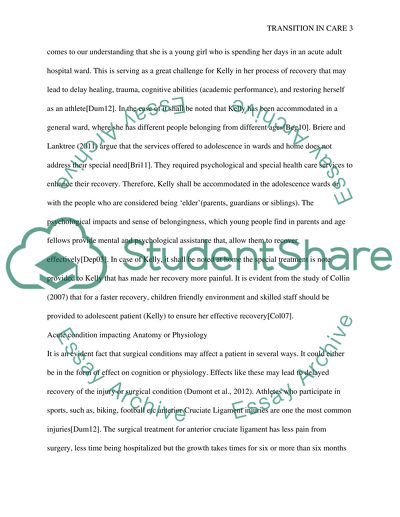Cite this document
(“Transition in Care Essay Example | Topics and Well Written Essays - 1750 words - 1”, n.d.)
Retrieved from https://studentshare.org/nursing/1630883-transition-in-care
Retrieved from https://studentshare.org/nursing/1630883-transition-in-care
(Transition in Care Essay Example | Topics and Well Written Essays - 1750 Words - 1)
https://studentshare.org/nursing/1630883-transition-in-care.
https://studentshare.org/nursing/1630883-transition-in-care.
“Transition in Care Essay Example | Topics and Well Written Essays - 1750 Words - 1”, n.d. https://studentshare.org/nursing/1630883-transition-in-care.


